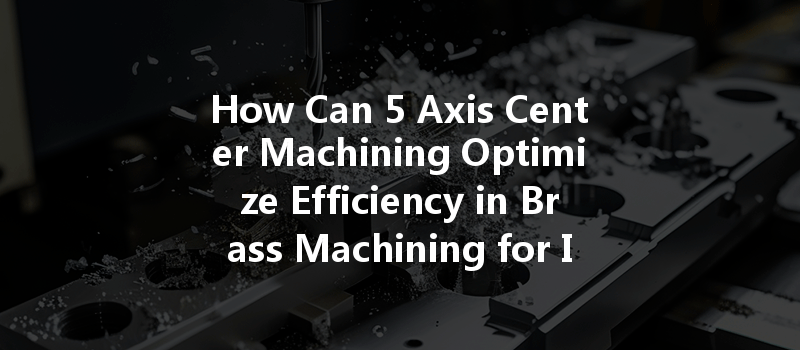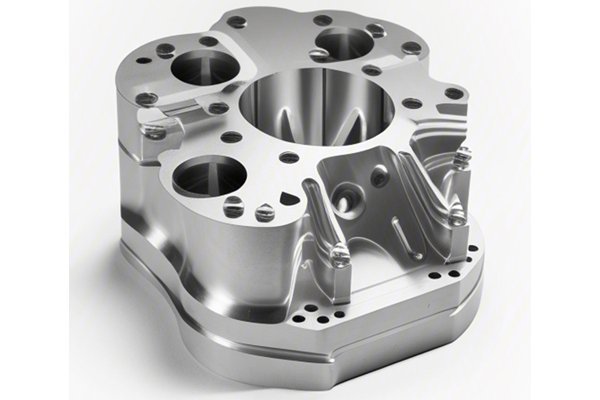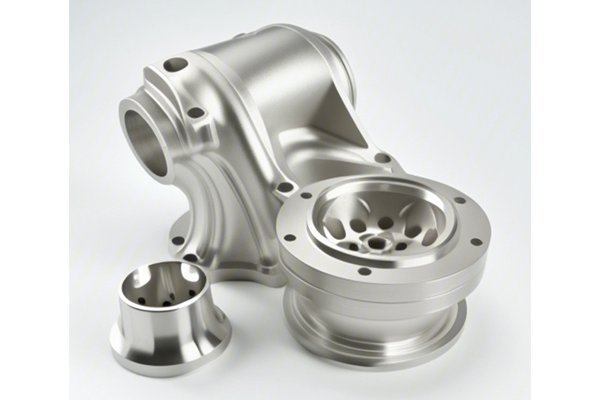: The Power of Precision
Did you know that over 80% of manufacturing leaders agree that precision machining significantly impacts overall product quality? In today’s fast-paced industrial landscape, the demand for accuracy and efficiency is higher than ever. As industries expand, the need for advanced machining capabilities becomes paramount, driving innovations like 5 axis center machining. This technology not only enhances the precision of components but also makes processes like brass machining significantly more efficient.
In the world of industrial applications, brass is a favored material due to its excellent machinability and superior corrosion resistance. However, traditional machining methods sometimes struggle to keep up with the complexity and intricacy of modern designs. This is where 5 axis center machining shines, revolutionizing the way brass components are manufactured. In this comprehensive blog post, we will explore the ins and outs of 5 axis center machining and its application in brass machining, providing actionable insights along the way.
Understanding 5 Axis Center Machining
What is 5 Axis Center Machining?
5 axis center machining refers to a method wherein the cutting tool is able to move in five different axes simultaneously. Unlike traditional 3 axis machining, which can only move left-right (X), front-back (Y), and up-down (Z), a 5 axis machine can rotate on the X and Y axes (A and B) as well. This added functionality allows components to be produced with complex geometries and tight tolerances, making it ideal for industries like aerospace, automotive, and, of course, brass manufacturing.
Features and Benefits
The Role of Brass in Industrial Applications
Why Choose Brass?
Brass, an alloy of copper and zinc, possesses properties that make it a popular choice for various industrial applications. It is widely used to manufacture components such as valves, fittings, and electrical connectors. Some key benefits of brass that contribute to its popularity include:
Challenges in Machining Brass
While brass is known for ease of machining, certain challenges can arise, particularly when dealing with complex designs. Some of these challenges include:
The Symbiosis of 5 Axis Center Machining and Brass
How 5 Axis Machining Addresses Challenges in Brass Machining

Case Studies: Success Stories in 5 Axis Brass Machining
To illustrate the benefits of 5 axis machining, let’s delve into a few successful case studies across various industries.
A leading aerospace manufacturer was struggling with the production of complex brass fittings required for aircraft components. By switching to a 5 axis machining setup, they were able to reduce the production cycle time by 30% and achieved a 15% increase in yield.
An automotive parts supplier specialized in high-performance engines needed intricate brass components. With 5 axis machining, they improved their production efficiency by 40% while producing high-quality parts that met stringent industry regulations.
In the electronics industry, one manufacturer had difficulty creating small brass connectors with high precision. After implementing 5 axis machining, they not only improved the dimensional accuracy but also reduced scrap rates significantly.
The Step-by-Step Process of Implementing 5 Axis Machining for Brass Applications
If you’re considering adopting 5 axis center machining for your brass components, follow these steps:
Understand the specific needs of your project. Consider complexity, tolerance levels, and production volume.
Invest in high-quality 5 axis CNC machines tailored for brass machining. Look for features that enhance precision, such as advanced spindle designs and integrated software.
Ensure your team is well-trained on the intricacies of 5 axis machining. This includes programming knowledge, machine operation, and maintenance skills.
Select the right cutting tools designed for brass. Materials such as carbide are often preferred due to their wear resistance and durability.
Utilize CAD/CAM software for designing and optimizing tool paths. This can substantially increase efficiency and decrease programming time.
Conduct pilot runs to assess output quality. Implement quality control measures and practices to ensure that all products meet the required standards.
Gather data on production efficiency and output quality. Use this information to fine-tune operations and continue evolving your 5 axis machining practices.
: The Future is Bright with 5 Axis Machining
In summary, the integration of 5 axis center machining is transforming the landscape of brass machining for industrial applications. This advanced technology not only enhances efficiency but also upholds the high standards required in manufacturing sectors. By embracing this innovative approach, manufacturers can significantly improve accuracy, reduce processing times, and ultimately drive down costs.
The importance of this blog lies not only in understanding the capabilities of 5 axis machining but also in recognizing its potential to revolutionize your business’s production processes. As industries continue to evolve, keeping pace with technological advancements is imperative for remaining competitive.
So, whether you are a manufacturing leader or an engineer, consider how the integration of 5 axis center machining can elevate your brass machining applications and propel your business into the future. Embrace the transformation, as the journey promises both challenges and immense rewards in efficiency and precision.






